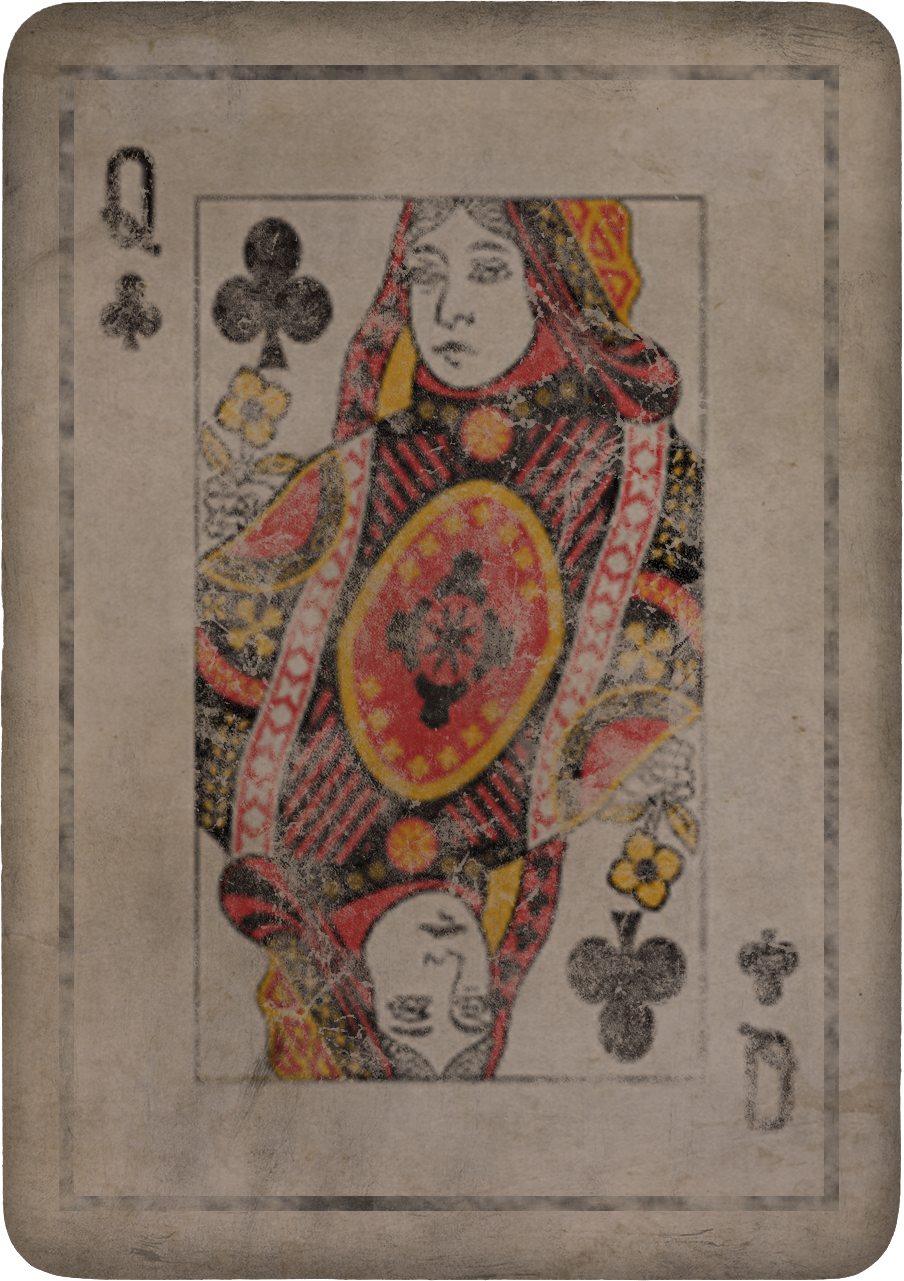

This direction is where the entrance door is. Furthermore, the lighting, setup, and props not only make it irresistible but suitable for a range of applications. So, this Trendy City Bar’s low lit environment is unique.

These include bar stock lights, pendant lights, booth seats, gothic chairs, tall chairs, wines, and many more!Ĭheck out other unique features of this optimized city 3d asset below to learn why it’s a wise choice for your creative project.Ī low lit environment is a popular option for real-life bars. The bar comes packed with all the props you would need for your creative project. So why not double it?ġ2:33 Inserting a cute little layout graphic with a radial fill to look like a shimmer.ġ4:49 An unexpected 3D version of the map, using the map elevation.ġ6:50 Yadda yadda, closing chatter.Last updated on October 9th, 2022 at 10:05 am UTCĪre you in search of a trendy vintage bar 3d model? Do you need a world-class 3d bar that would stun your targeted audience? If yes, then you need to consider this 3d asset. Ah, glorious blend modes.Ĥ:44 Playing around with adding color into the hillshade color schemes.Ħ:58 Giving the neatline polygon a gradient stroke to simulate a shadow.Ĩ:17 Ah the slope raster function! That’s a nice one for next-level hillshading.ĩ:04 A couple nice crisp hillshades from the raster functions.ġ0:33 Adding bits of color into the otherwise-grayscale hillshades.ġ1:50 I like that neatline shadow/highlight effect. –time to just play around with stacking up blended hillshade layers–ģ:22 Cranking out several hillshade layers, each with a bit different sun angle.Ĥ:15 Blurring the hillshade layers with the Focal Statistics raster function.Ĥ:40 Blend modes (predominantly the Soft Light blend).
#3D VINTAGE SCENE LICENSE#
If you don’t have a license you can do 99% of this with the hillshade tool found in Raster Functions.Ģ:07 Creating a new layout in the good old topo quad dimensions of 22×27 inches.Ģ:36 Inserting my map frame and fine-tuning its position in the layout.ģ:08 Getting rid of that default 1 pixel black border around the map frame. … Part 3: HillshadeĠ:55 I’ll use the hillshade from Spatial Analyst, or 3D Analyst, licenses because they can cast long shadows.
#3D VINTAGE SCENE HOW TO#
This 3D-ification was done entirely in ArcGIS Pro, and I’m just dying to show you how! … Part 1: GeoreferencingĠ:00 Little bit of map nerd history about these things.Ģ:22 A bit of appreciation for maps that spill out over the neatline.ģ:12 How to pin an image to true geographic coordinates (georeferencing)Ĥ:00 Selecting a similar projection to the topo quad.ĥ:20 Pinning some georeference control points.Ħ:11 How to change the coordinate format at the bottom of a map view.ħ:54 AOk hang on, maybe just try the Living Atlas USGS Historical Topographic Map Explorer! … Part 2: Elevation DataĠ:00 Skip this re-cap and just dive right in.Ġ:23 How to use Map Notes to draw quick and convenient new features.Ġ:58 Drawing in a polygon of the paper extent, and the map extent.Ģ:22 How to add elevation data from anywhere in the world, at pretty much any scale, from Living Atlas.Ģ:46 Warren Davison showed me how to steal portions of this Living Atlas elevation!Ĥ:10 How to cookie-cut out a portion of the elevation image to match the map area.Ĥ:58 Using Raster Calculator (Image Analyst license) to add dead pixels outside the map, but inside the paper, to give shadows a place to fall.Ħ:52 Wordy summary with somewhat awkward and perplexing eyebrow raising. A treasured relic of generations past gets new life as an object of joy.

What’s going on here?! This is one of those things where you take an achingly beautiful vintage topo or geology map and then brew some modern 3D hillshade into it to make it jump off that charmingly yellowed page and find a place right in your geographer’s heart.


 0 kommentar(er)
0 kommentar(er)
